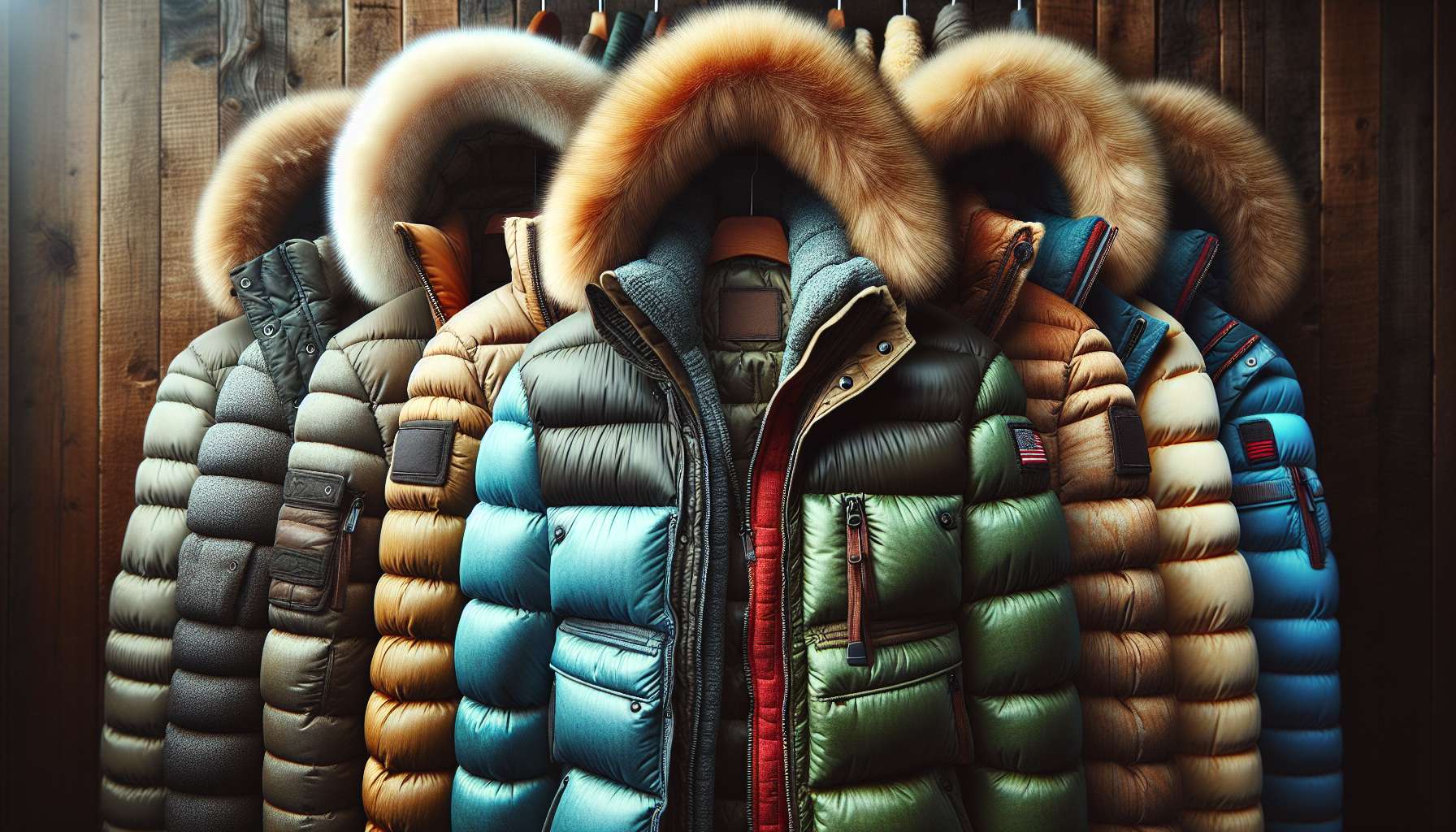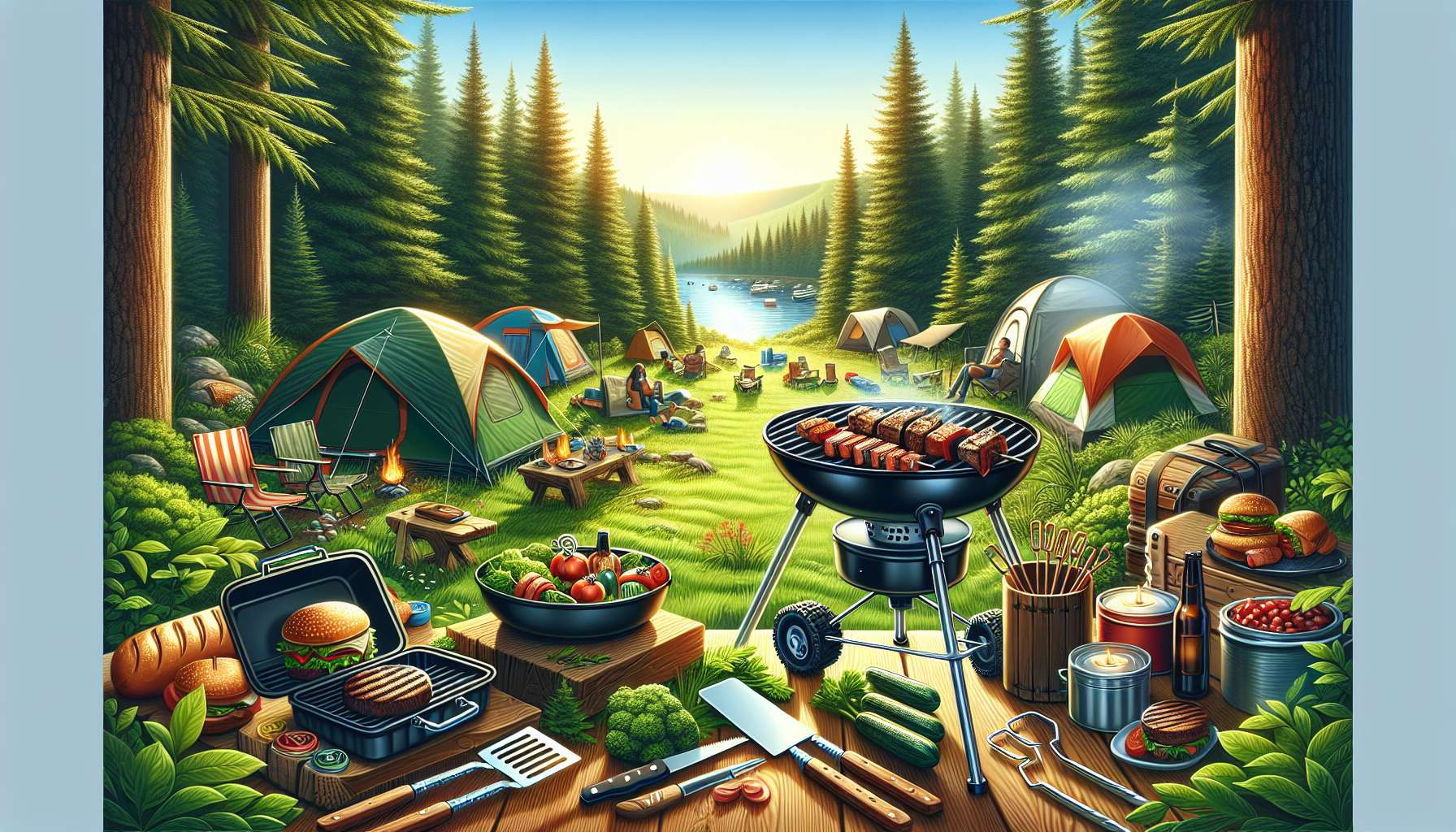The Ultimate Guide to Down Jackets
When it comes to staying warm in cold weather, few items of clothing are as effective as a down jacket. This versatile and insulating outerwear has become a staple in many people’s wardrobes, whether they live in freezing climates or simply need a cozy layer for outdoor adventures. But what exactly are down jackets, and what sets them apart from other types of outerwear? In this comprehensive guide, we will explore the ins and outs of down jackets, from their history and construction to care tips and environmental considerations.
The Evolution of Down Jackets
Down jackets have a long and fascinating history that dates back to the early 20th century. The concept of using down feathers as insulation can be traced back even further, with early examples of down-filled clothing found in ancient civilizations. However, the modern down jacket as we know it today was popularized by outdoor enthusiasts and explorers in the mid-20th century.
One of the key innovations in down jacket technology was the development of the quilted construction, which helps to distribute the down evenly throughout the jacket and prevent cold spots. This construction method, along with advancements in fabric technology, has made down jackets lighter, warmer, and more durable than ever before.
Understanding Down Insulation
At the core of every down jacket is the down insulation itself. Down is the soft, fluffy plumage found underneath the outer feathers of ducks and geese. It is prized for its ability to trap heat and provide exceptional warmth without adding bulk. The quality of down insulation is measured by its fill power, which indicates how well it can loft and trap air.
High-quality down jackets typically use down with a fill power of 600 or higher, with premium jackets boasting fill powers of 800 or more. This higher fill power results in a lighter-weight jacket that provides superior warmth. In addition to fill power, the type of down whether it is duck or goose down can also impact the jacket’s performance and durability.

Construction and Design Features
Down jackets come in a variety of styles and designs, each tailored to different activities and weather conditions. Some key design features to look for in a down jacket include:
- Baffles: These are horizontal or vertical compartments that hold the down in place and prevent it from shifting.
- Hood: A hooded down jacket provides added protection from wind and cold temperatures.
- Water-Resistant Shell: Many down jackets feature a water-resistant or waterproof shell to protect the down from moisture.
- Adjustable Cuffs and Hem: These features help seal out drafts and retain heat.
When choosing a down jacket, it’s important to consider the intended use and climate. For example, a lightweight down jacket may be suitable for mild winter days, while a heavy-duty down parka is ideal for extreme cold and snow.
Caring for Your Down Jacket
Proper care and maintenance are essential to extending the lifespan of your down jacket and ensuring it continues to provide warmth and protection. Here are some tips for caring for your down jacket:
- Wash your jacket in a front-loading washing machine with a mild detergent specially formulated for down.
- Use a gentle cycle and tumble dry on low with tennis balls or dryer balls to help fluff the down.
- Avoid dry cleaning, as the chemicals can strip the down of its natural oils and reduce its loft.
- Store your down jacket in a breathable garment bag in a cool, dry place when not in use.
By following these care instructions, you can keep your down jacket looking and performing its best for years to come.
Environmental Considerations
While down jackets offer exceptional warmth and comfort, there are environmental considerations to keep in mind when choosing a down jacket. The sourcing of down feathers can raise ethical concerns, as some manufacturers may use feathers from live-plucked or force-fed birds.
To ensure that your down jacket is ethically sourced, look for jackets that are certified by organizations such as the Responsible Down Standard (RDS) or the Global Traceable Down Standard (GTDS). These certifications guarantee that the down used in the jacket comes from birds that were treated humanely and not subjected to cruel practices.
Expert Opinions
We spoke with outdoor gear expert and avid hiker, Sarah Thompson, to get her take on down jackets. According to Sarah, “Down jackets are a must-have for anyone who spends time outdoors in cold weather. Their lightweight and compressible design make them perfect for layering, whether you’re hiking, skiing, or just running errands around town.”
When asked about the benefits of down insulation, Sarah explained, “Down is unmatched in its warmth-to-weight ratio. It’s incredibly efficient at trapping heat, which is why down jackets are so popular among outdoor enthusiasts.”
Conclusion
To wrap things up, down jackets are a versatile and essential piece of outerwear that can keep you warm and cozy in even the coldest of conditions. With their lightweight construction, superior warmth, and stylish designs, down jackets have become a go-to choice for anyone looking to stay comfortable and stylish in the great outdoors.
Whether you’re hitting the slopes, braving a winter storm, or simply running errands on a chilly day, a quality down jacket is sure to become your new favorite piece of clothing. So, invest in a high-quality down jacket, care for it properly, and enjoy the warmth and comfort it provides for years to come.




